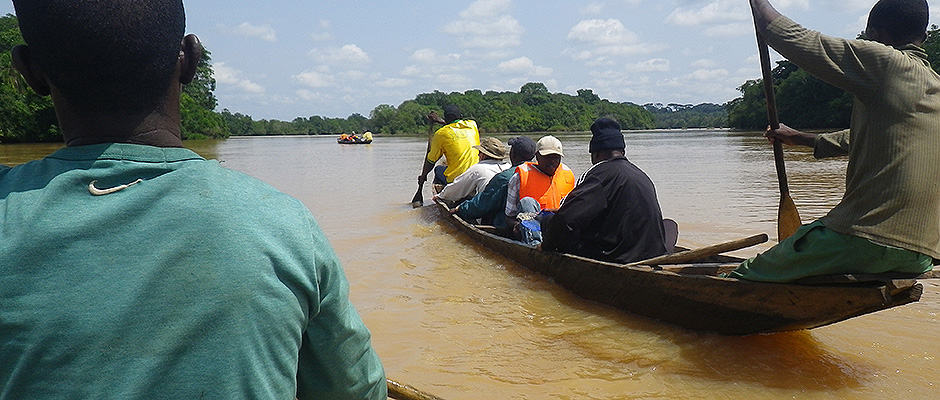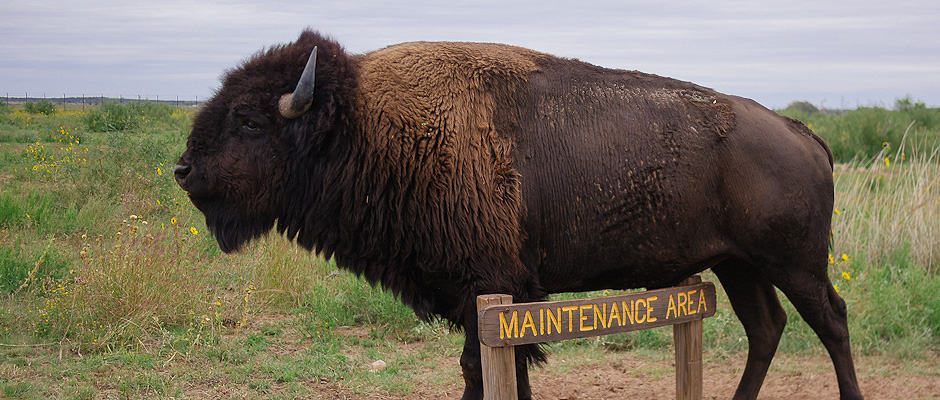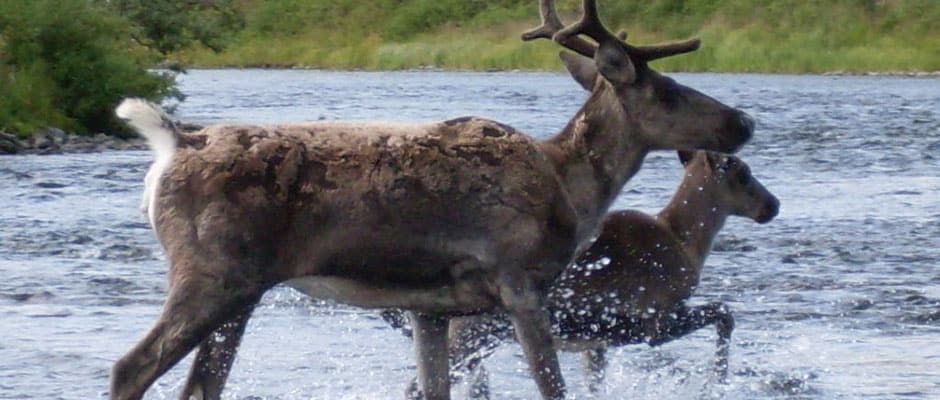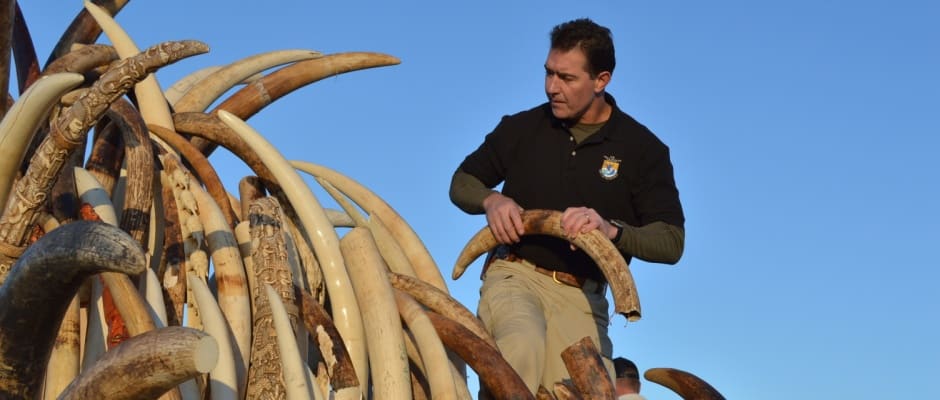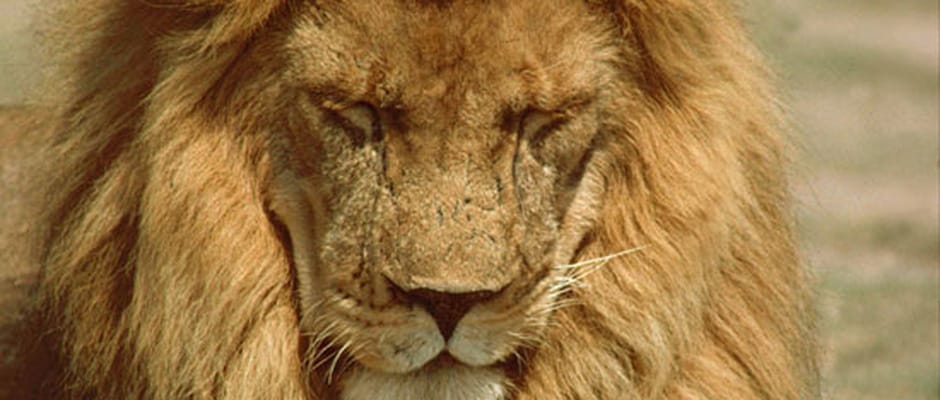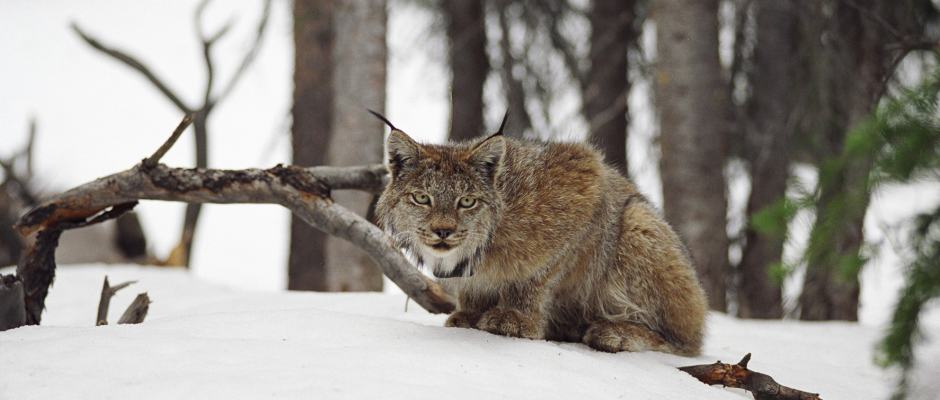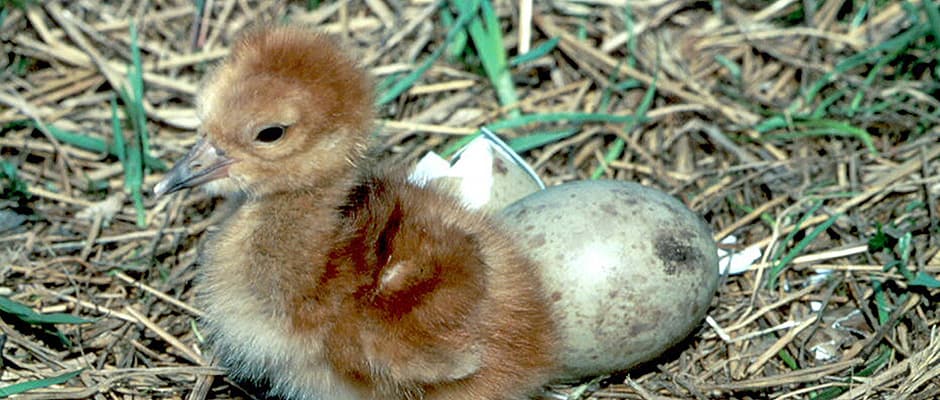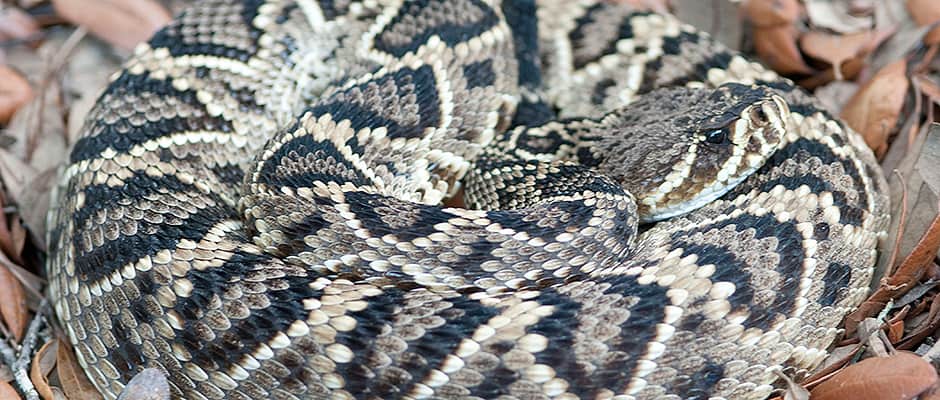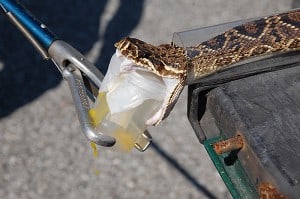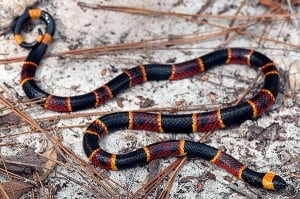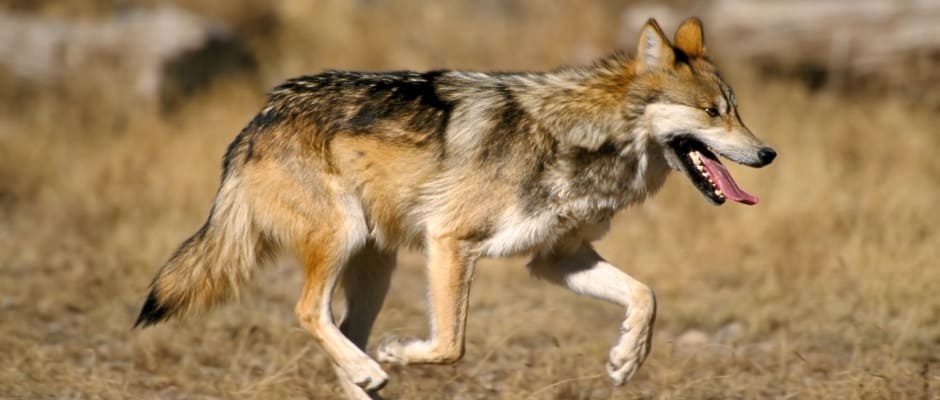
The U.S. Fish and Wildlife Service (FWS) has issued a final rule granting endangered status to the Mexican wolf (Canis lupus baileyi) under the Endangered Species Act (ESA). The Mexican wolf subspecies was originally listed as endangered in 1976. The entire gray wolf species was later listed in 1978. The subspecies was incorporated in the gray wolf Southwest recovery plan, which dissolved the initial Mexican wolf listing. This new rule creates a separate entry for Mexican wolves under the ESA.
FWS also issued a final rule revising the regulations regarding management of the experimental Mexican wolf population, which is part of recovery efforts for the subspecies, in Arizona and New Mexico. The rule modifies the geographic boundaries for the experimental population and outlines procedures for reintroducing captive individuals to the wild. The plan aims to increase the population from the current 83 individuals to a goal of 300 to 325 individuals. The rule is aimed to balance between updating an outdated recovery plan and addressing concerns about the impact increased wolf populations may have on ungulate and livestock herds. This is the first major update to the plan since 1998.
The rule also clarifies when nonlethal and lethal measures are allowed to control problematic wolves that impact livestock as well as reporting guidelines for any unintentional take. It also provides allowances for control of wolves that have impacted ungulate herds if several provisions outlined in the plan have been met.
Some environmental groups have criticized the rule, noting that while an increase in geographic boundaries is positive, the population cap is too low and allows too many provisions for authorized take. State agencies have also opposed proposed management of the experimental population. In the past, the Arizona Game and Fish Department has stated that Mexican wolf recovery efforts need to be directed at re-establishing the subspecies within its historic range, which is mostly south of the U.S. border.
The plan will be implemented beginning in February. End-of-year counts will be used to estimate progress. Evaluation of population growth rates, impacts to wild ungulate herds, and adverse human-wolf interactions will occur 5 and 8 years after the plan’s implementation. Fish and Wildlife Service states that it plans to revise management actions if the wolf population exceeds the set goal of 325, with a preference for translocation of wolves to other populations.
Both the final listing of the Mexican wolves under the ESA and the final rule for the changes in regulation for the experimental population are available on the Federal Register.
Sources: E&E News PM (January 12, 2015), Greenwire (January 8, 2015)



